Zamboanga City showcases delightful culinary spectacles
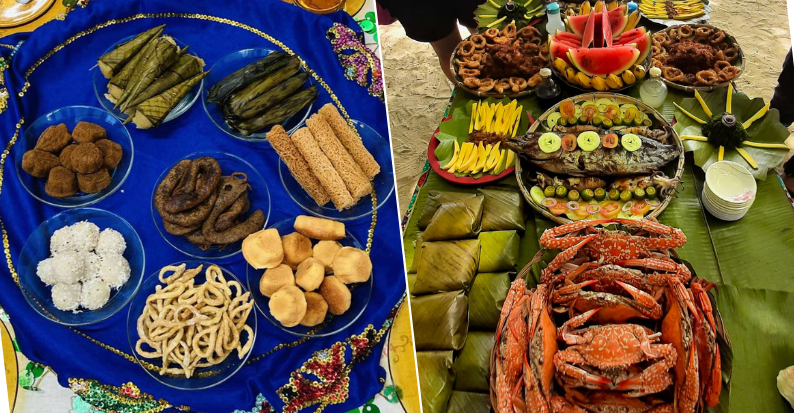
As colorful and vibrant as their iconic vintas, Zamboanga City’s diverse culture is also reflected on their delectable dishes.
Considered a melting pot of cultures—Spanish, Muslim, and indigenous influences—Asia’s Latin City and its cuisine are shaped by its heritage and history.
Thanks to AirAsia Philippines and the tourism office of Zamboanga, we were able to get a taste of some of the city’s flavors.
Seafood madness
Visiting Zamboanga City will never be complete without savoring its mouthwatering seafood dishes. Probably one of the must-visit places for seafood cravings is Alavar Seafood Restaurant, which is owned by Miguel Alavar and his wife Maria Teresa.
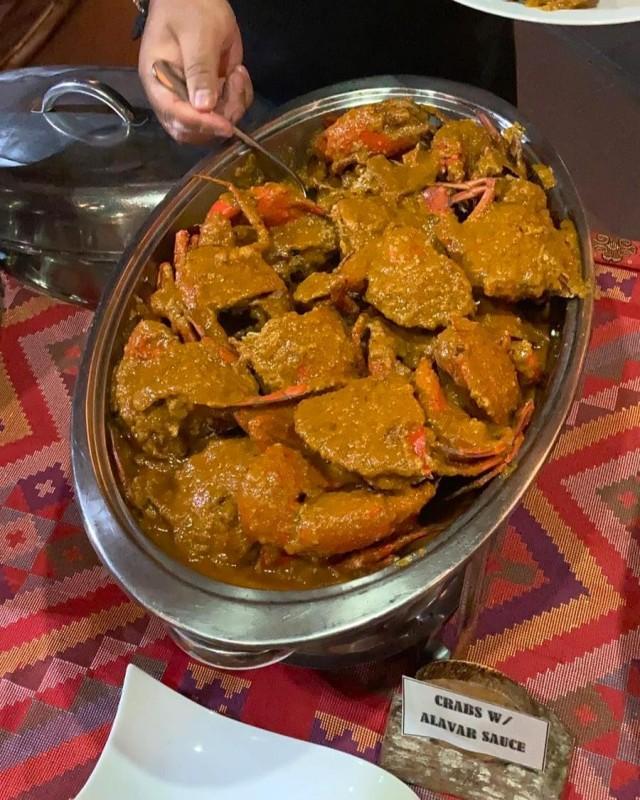
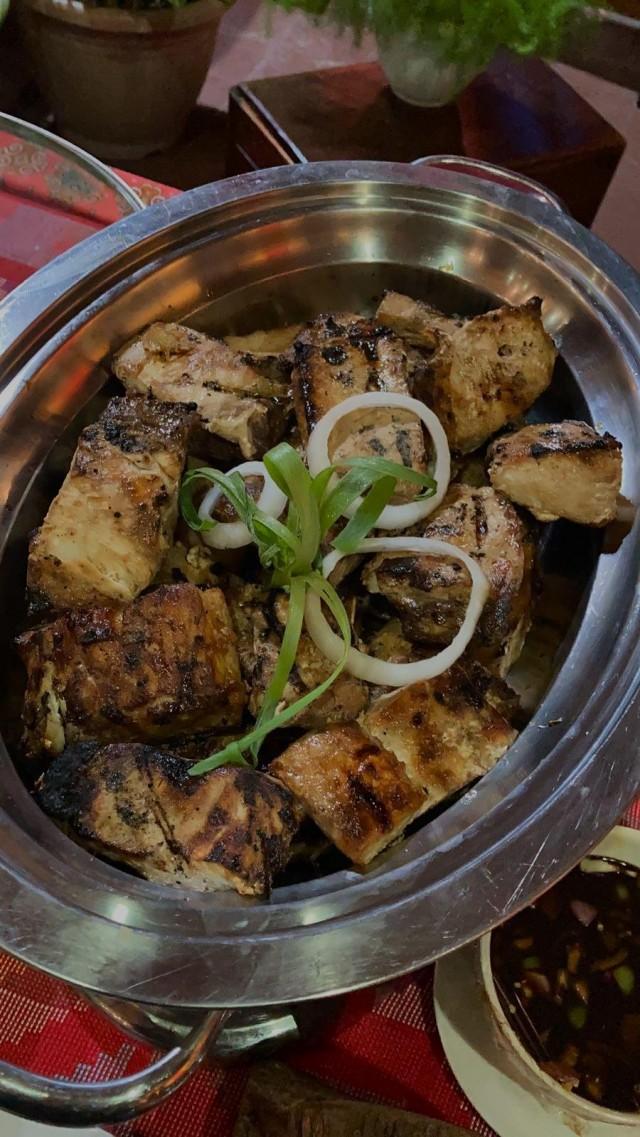
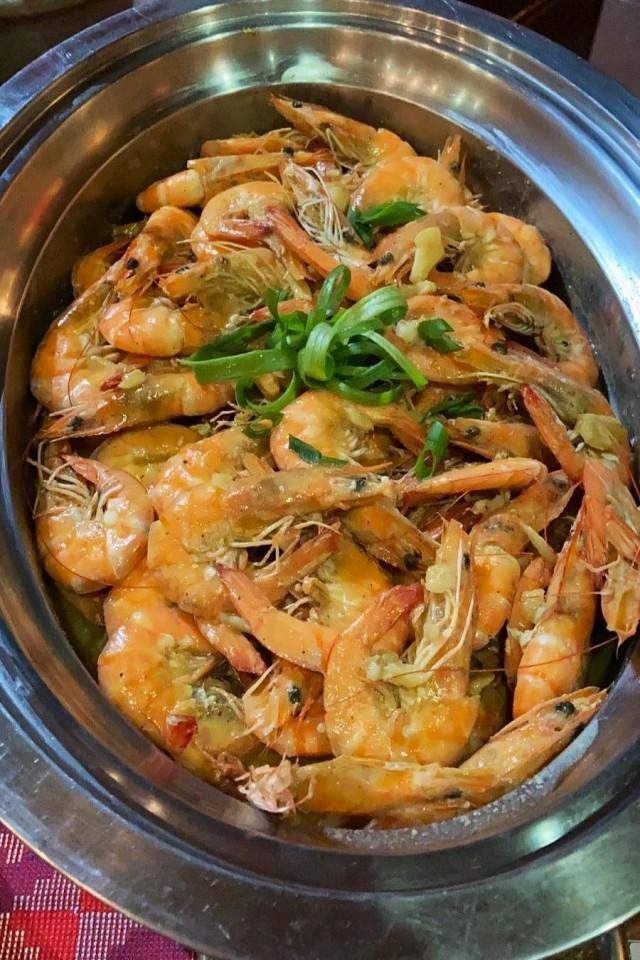
The restaurant is best known for its curacha con salsa de Alavar or curacha dish with its signature Alavar sauce, an heirloom recipe of Maria Teresa. The dish is made with red-orange deep-sea spanner crabs topped with a special blend of sweet and mildly spicy sauce.
Can’t get enough of seafood? Try their grilled blue marlin belly and garlic and butter shrimp paired with their special seafood paella rice!
Alavar Seafood Restaurant is located at Don Alfaro St., Tetuan, Zamboanga City. For more information, check out their Facebook page.
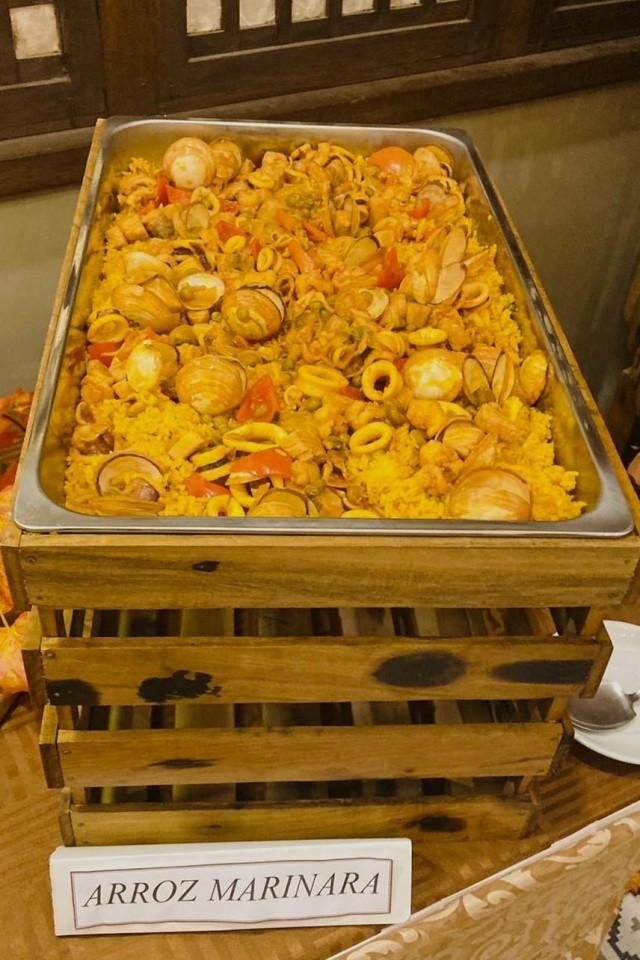
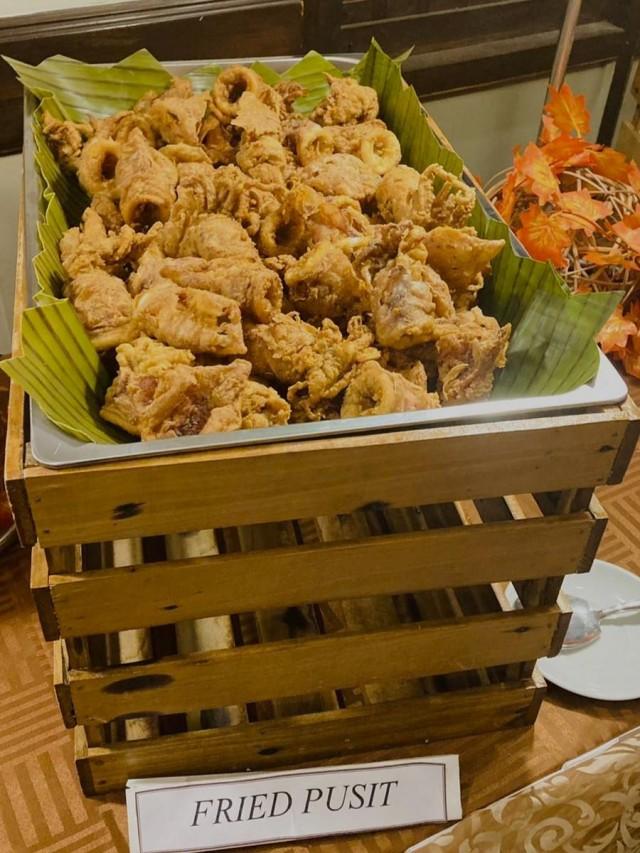
Another must-try seafood dishes are available at Zamboanga City’s Mano Mano Restaurant. One can definitely enjoy their fried squid with their arroz marinara!
Enjoy the bounty of Zamboanga seas served in one of its pristine island beaches—Sirommon Island in Once Islas (Eleven Islands), an eco-cultural and tourism destination in the city.
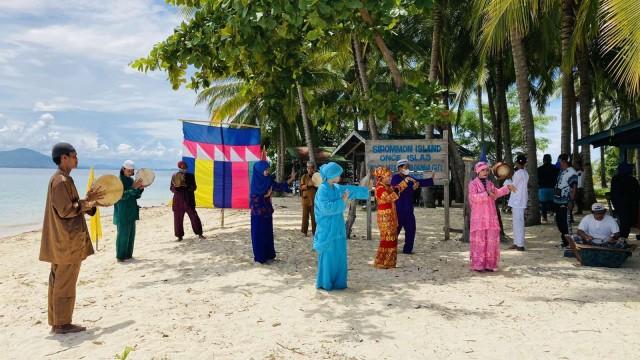
_Satisfy_your_seafood_cravings_2022_07_08_19_20_04.jpg)
A seafood feast can be served upon request as part of the island-hopping tours. The scrumptious lunch meal prepared for us by the Sama-Banguingui women consisted of crabs, squid, fish, and lato or latok (sea grapes), plus fresh buko juice!
For inquires, guests may contact the city tourism office at +63629756341 or send an email to onceislas@gmail.com.
A taste of Tausug culture and flavors
Zamboanga City’s culture and tradition are heavily influenced by the ethnic groups from nearby provinces who have settled in the city. These groups also brought with them their traditional delicacies, which are now considered some of the most-well known snacks in Zamboanga.
During the trip, we were able to try some Tausug delicacies in Barangay Taluksangay. The barangay is home to Zamboanga Peninsula’s first Islamic place of worship, the Taluksangay Mosque, which was built in 1885.


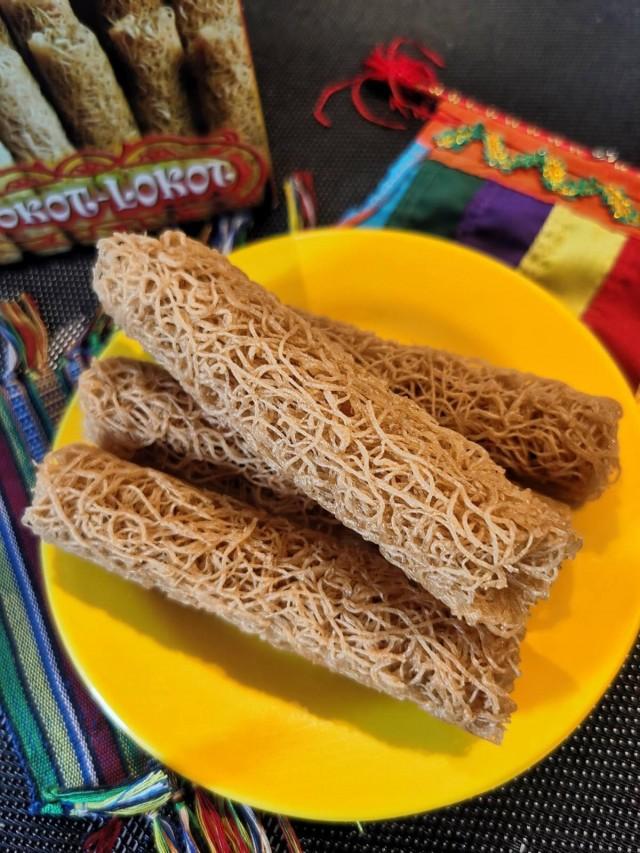
Inspired by Malay delicacies, these sweet and flavorful Tausug treats are perfect for morning or afternoon cup of coffee.
The sweet and crunchy lokot-lokot roll is made of rice flour mixed with sugar. Community leader Fatmawati Nuño said the process of making lokot-lokot was tedious, adding it took about 4 hours to make 100 pieces.
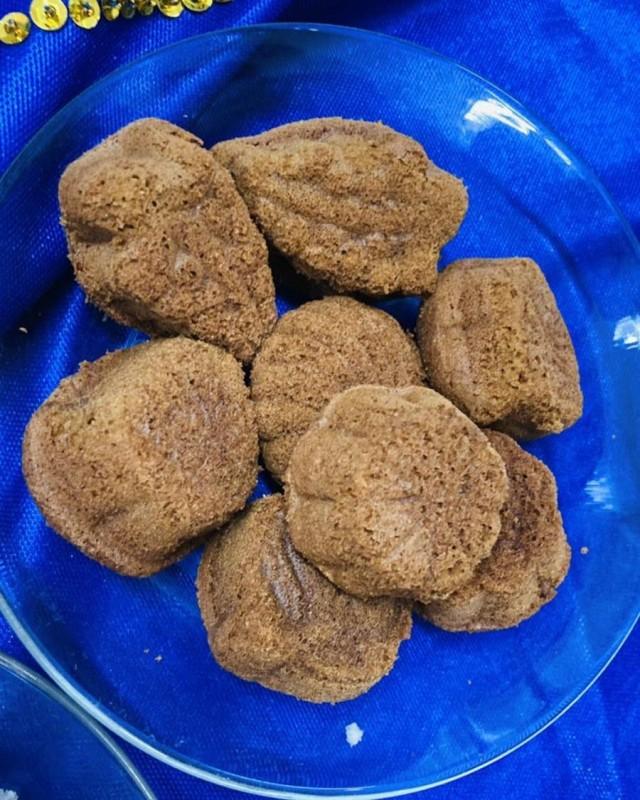
Baulu or bahulu are small muffin-like snacks made of egg, flour or rice, and sugar. Similar to making bibingka, its mixture is poured in a traditional metal mold and cooked by placing hot charcoal on top. Baulu can come in different shapes and is served in various occasions.
Putli mandi, a ball-shaped dessert, is made from glutinous rice flour filled with muscovado sugar and rolled with grated coconut.
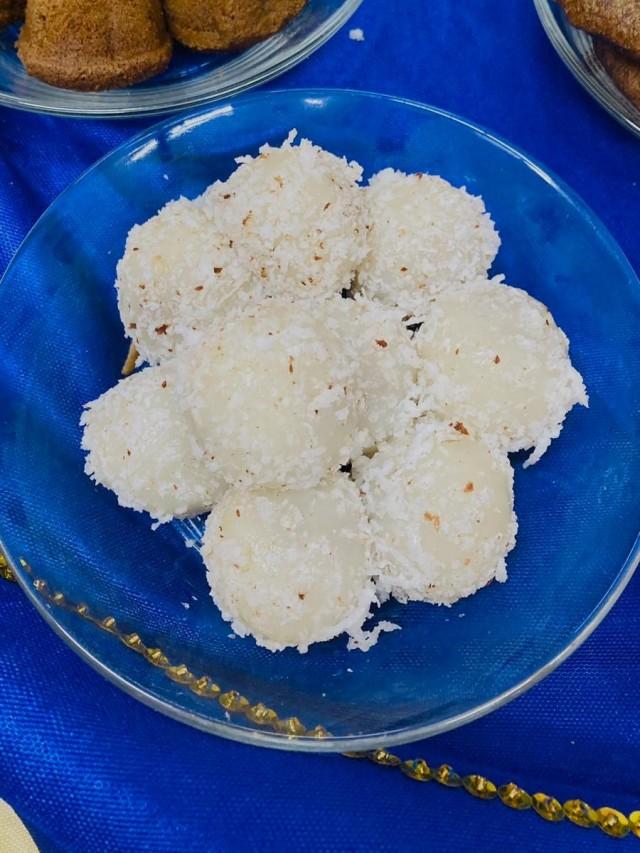
Halo-halo but make it fruitier and creamier? That’s Zamboanga City’s knickerbocker!
A glass of this dessert is filled with slices of fresh fruits such as watermelon, banana, and mangoes, gelatin cubes, creamy milk, and instead of ice, it is topped with strawberry ice cream—perfect for the summer heat!
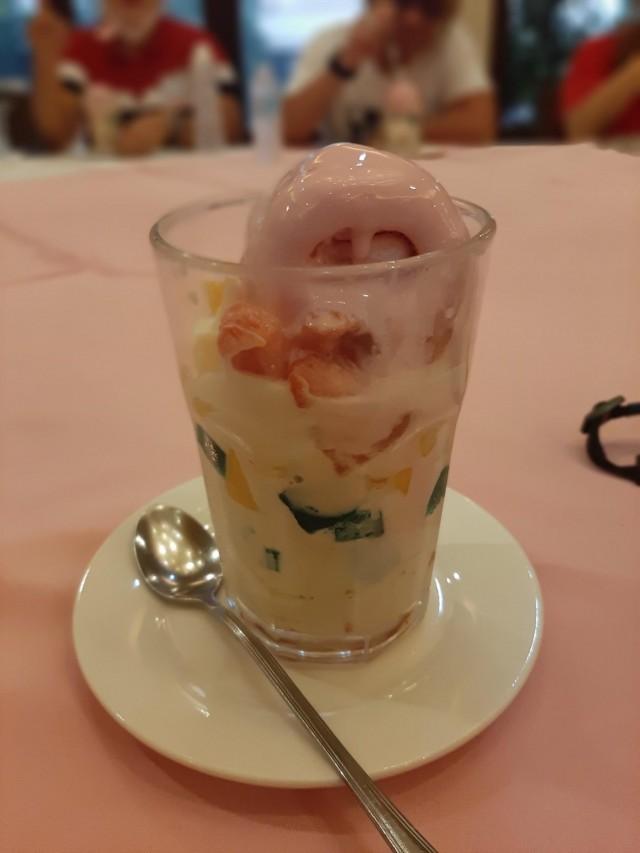
Find your favorite pasalubong at Canelar Trade Center
Perhaps dropping by Canelar Trade Center is the best way to end your Zamboanga Trip. Here you can find pasalubong options such as shirts, sarongs, malongs, and bags.
Because Malaysia and Indonesia are quite near the city border, you can also can find here imported coffee, biscuits, chocolates, noodles and many more items for a much cheaper price!
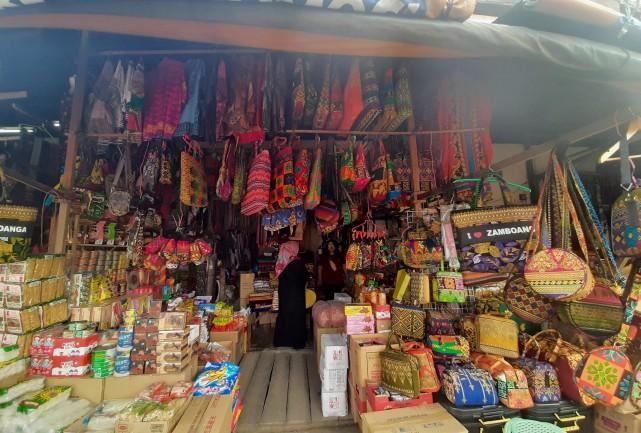
See you in Zamboanga City! – RC, GMA News
PART 1: Zamboanga City hopeful for tourism recovery amid border relaxation
PART 2: Zamboanga City will thrill you with its pink beaches and colorful island adventures
This story is produced through AirAsia Philippines’ Route Story Conference which aims to promote destinations and aid in the recovery of tourism hubs across the country.




